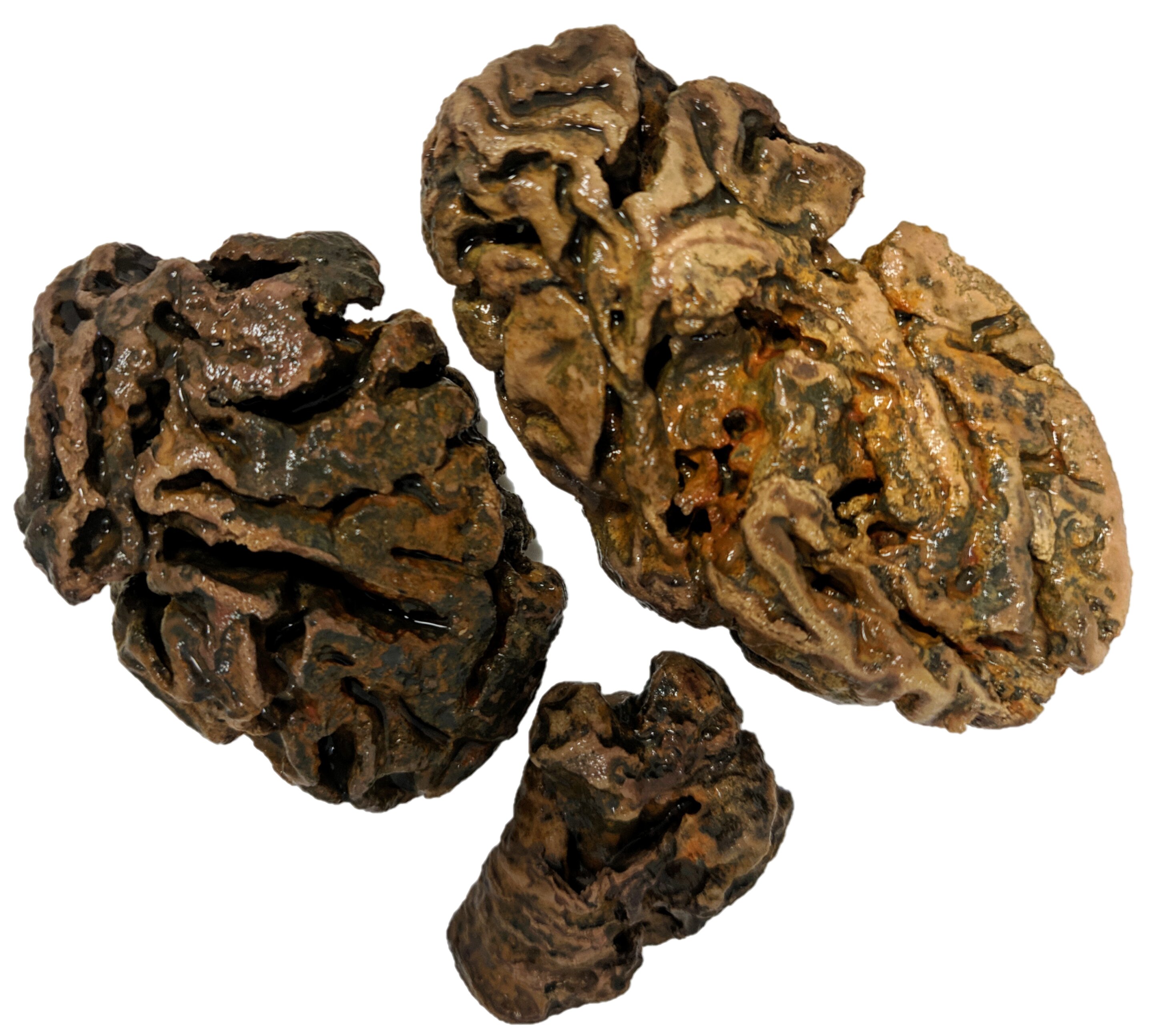Preservation of soft tissue in the geological record is a rare occurrence, and the survival of entire organs, particularly the brain, without any other soft tissues is historically considered a unique phenomenon. A new archive of preserved human brains has been compiled, revealing that nervous tissues persist in greater abundances than previously thought, aided by conditions that prevent decay. This global archive, the most comprehensive study of its kind to date, includes records of over 4,000 preserved human brains from more than two hundred sources across six continents, some dating back 12,000 years.
Published in the Proceedings of the Royal Society B, this work brings together a bewildering array of archaeological sites yielding ancient human brains, including locations such as Stone Age Sweden, an Iranian salt mine around 500 BC, and the summit of Andean volcanoes during the Incan Empire. These preserved tissues were found in individuals ranging from royalty to monks, Arctic explorers, and war victims.
2024-03-20 08:00:05
Original from phys.org




















